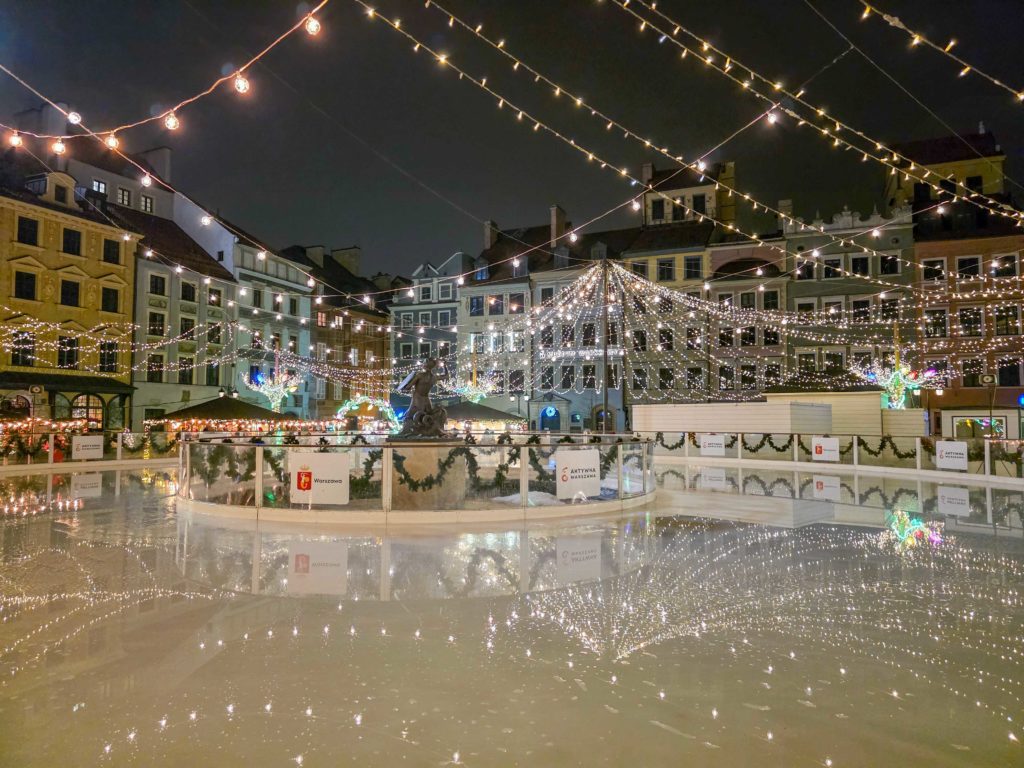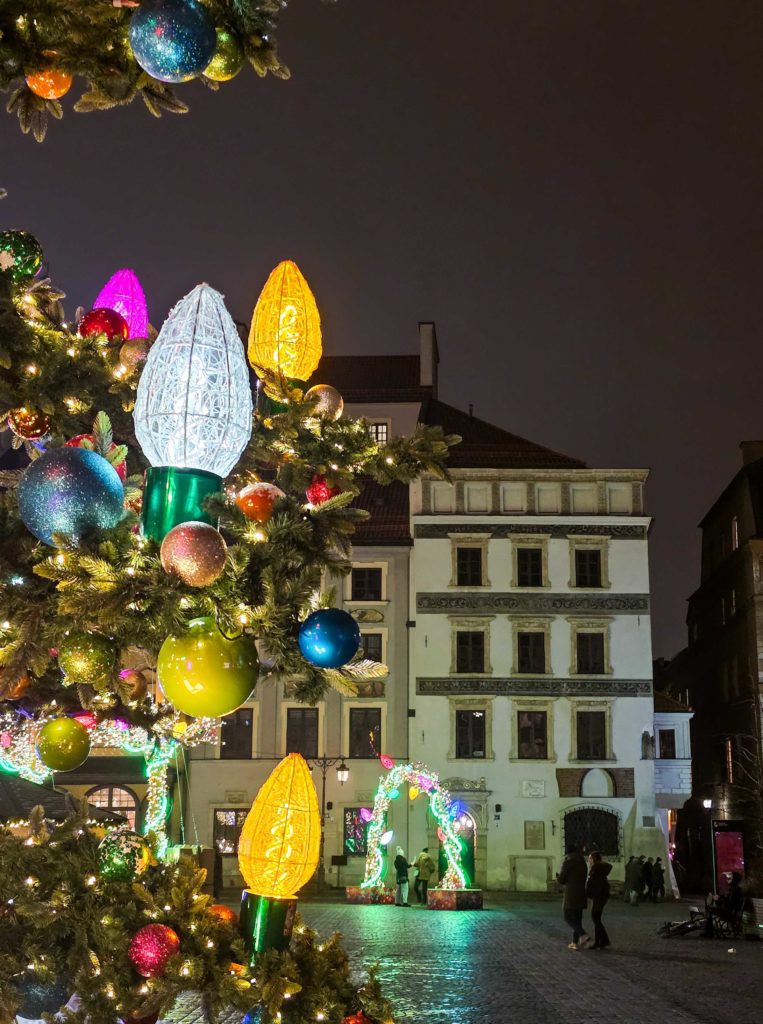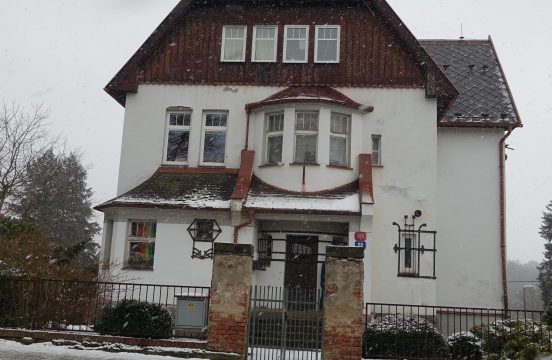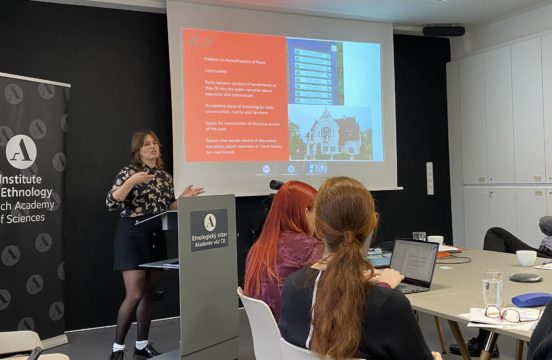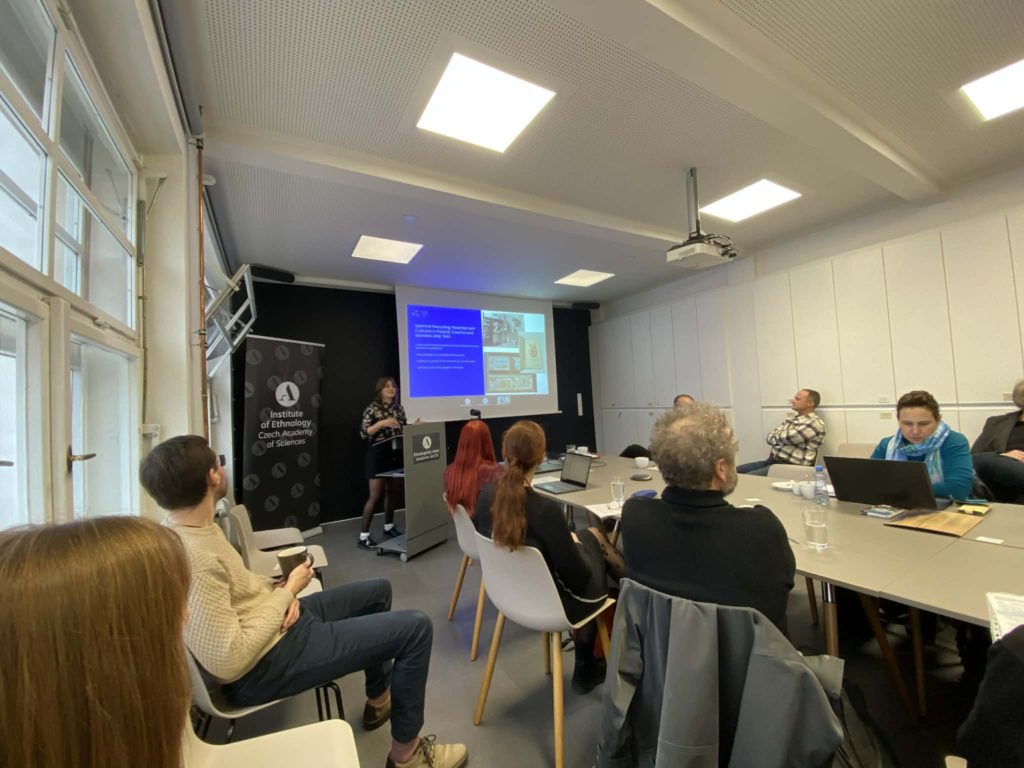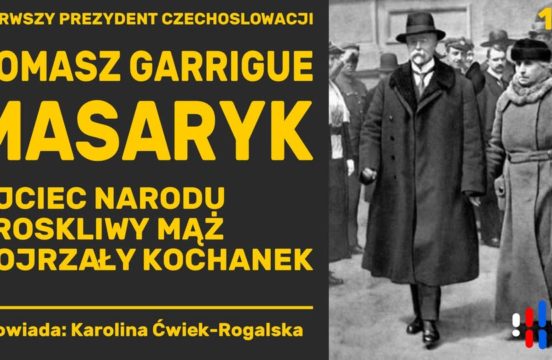The workshop “Popularizing Research Online” was held by Angelika Zanki, our manager and facilitator, who promotes the team’s activities and has completed numerous trainings in this field.
The workshop is a part of the NAWA’s STER Next Generation PhDs – Innovations program for doctoral students at the Anthropos Doctoral School. It provided participants with an opportunity to engage with key principles of effectively presenting and promoting academic work in digital spaces. In today’s digital age, communicating research clearly and professionally is increasingly important, and the session emphasized the growing significance of science communication for researchers.
Participants were introduced to the basics of science communication and explored how researchers can present themselves and their projects in ways that are accessible, accurate, and engaging. The workshop highlighted examples of good practice as well as common mistakes to avoid, stressing the importance of maintaining a professional online presence. It also covered strategies for managing websites and social media profiles related to research projects, including European-funded grants, and practical methods for promoting them effectively online.
The workshop was highly practical: participants actively contributed to discussions and prepared draft social media posts, applying the knowledge gained during the session.
Angelika’s experience helped create a well-structured and supportive environment, allowing participants to recognize the importance of science communication and to develop confidence in sharing their research with wider audiences.
The Anthropos Doctoral School, where the workshop was held, is located in the heart of Warsaw’s Old Town. On the day of the workshop, the area was especially magical, as the streets were beautifully illuminated and holiday decorations were lit up, creating a unique and festive atmosphere around the school.
